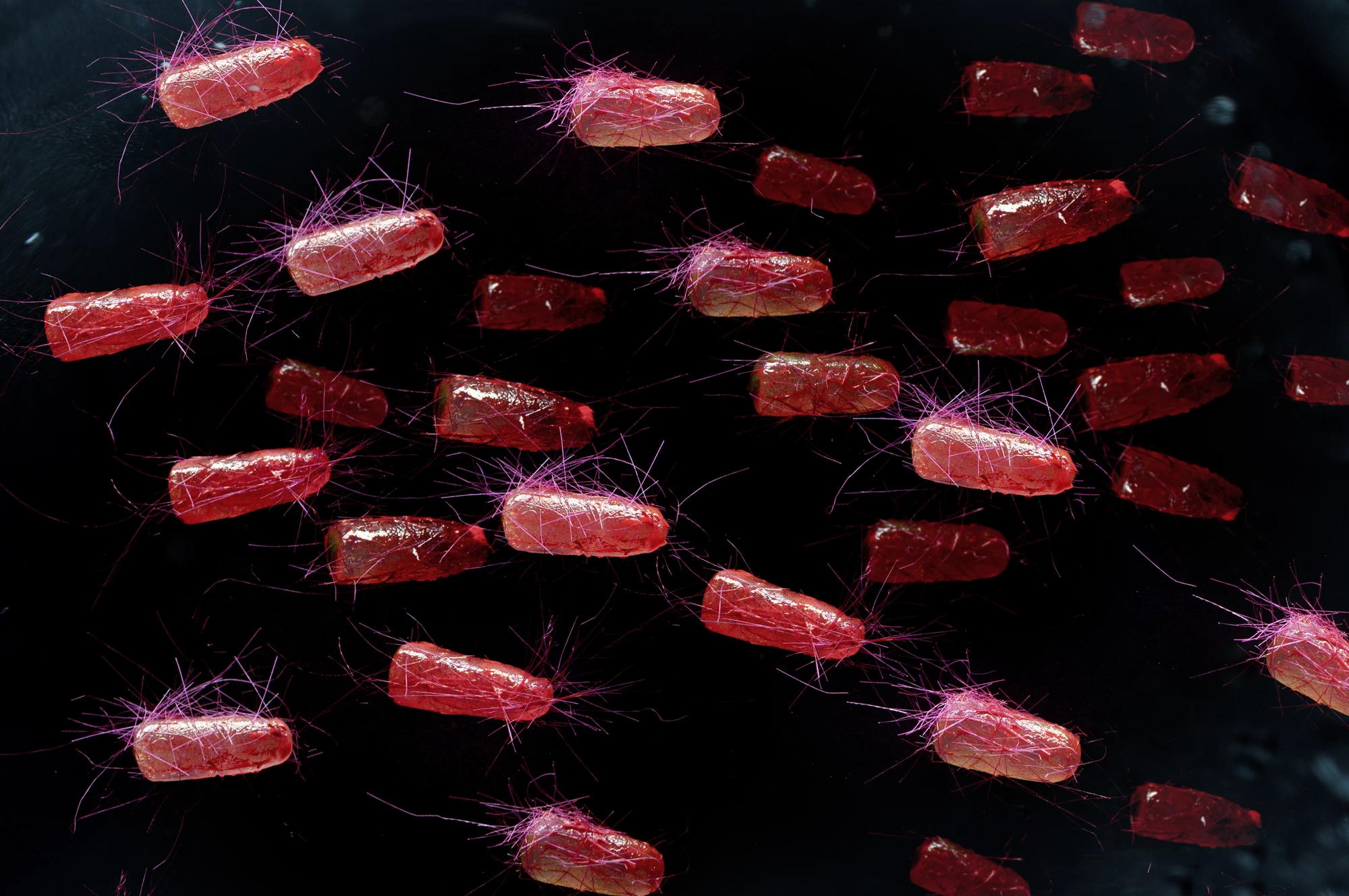A new study has found that iron levels trigger the formation of a kind of ‘memory’ in bacteria that drives their subsequent behavior. Moreover, the memory is passed on to future generations. The discovery has potential application in the prevention of bacterial infections and addressing the issue of antibiotic resistance.
Our long-term memory functions as a site for the storage and retrieval of learned knowledge, which allows us to integrate incoming new information. But can brainless bacteria remember their previous experiences? And, if they do, can these so-called memories influence their behavior?
A new study led by researchers at the University of Texas (UT) at Austin suggests that E. coli, a very common bacteria, respond to their environment based on past experience, exhibiting a form of ‘memory’ that drives their decision-making and is passed on to future generations.
“Bacteria don’t have brains, but they can gather information from their environment, and if they have encountered that environment frequently, they can store that information and quickly access it later for their benefit,” said Souvik Bhattacharyya, lead author of the study.
Bacteria can readily adapt to their environment, which has prompted theories and experiments about whether they can store information that enables this adaptability. The researchers had already established that prior experience of swarming – the rapid, coordinated movement of a bacterial population across solid or semi-solid surfaces – improved subsequent swarming performance, but they wanted to understand why it occurred.
After conducting more than 10,000 single-cell swarm assays, they found that the key to bacterial information gathering and memory is iron.
“Before there was oxygen in the Earth’s atmosphere, early cellular life was utilizing iron for a lot of cellular processes,” Bhattacharyya said. “Iron is not only critical in the origin of life, but also in the evolution of life. It makes sense that cells would utilize it this way.”
The researchers found that ‘iron memory’ pre-existed in free-floating bacterial cells and was reinforced by the act of swarming. Cells with low iron were better at swarming, whereas cells that formed biofilms, dense clusters of bacteria attached to a surface and/or each other, had high iron levels. These slime-encased biofilms are a survival mechanism that protects bacteria from the host’s immune system and antibiotics.
They observed that the iron memory of a mother cell, which correlates to its swarming potential, was passed down to its fourth-generation daughter cells. While the memory was lost naturally by the seventh generation, artificially manipulating iron levels allowed it to persist much longer.
Based on their findings, the researchers theorized that low iron levels trigger bacterial memories, causing them to form fast-moving migratory swarms that seek out iron in the environment. When iron levels are high, the memories tell bacteria to settle in and create a biofilm.
“Iron levels are definitely a target for therapeutics because iron is an important factor in virulence,” said Bhattacharyya. “Ultimately, the more we know about bacterial behavior, the easier it is to combat them.”
The study was published in the journal PNAS.
Source: UT at Austin





